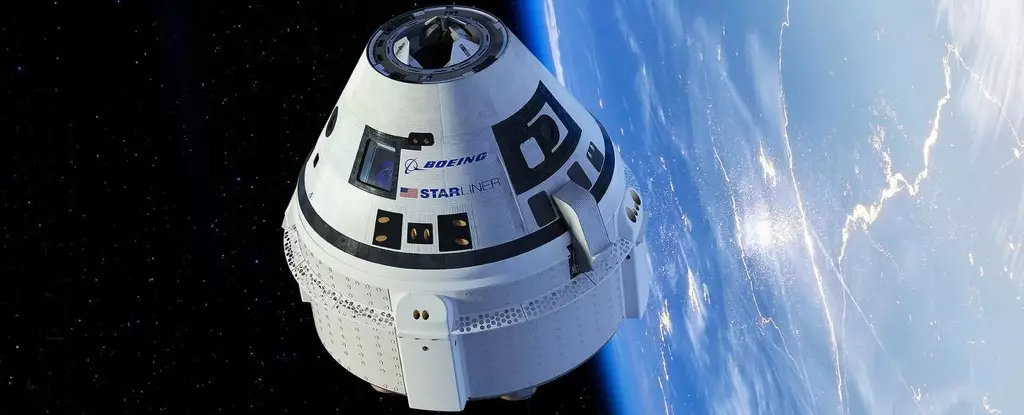Boeing’s crew transport space capsule, the Starliner, faced a significant setback as it returned to Earth without its two-person crew following a fraught test flight to the International Space Station. This failure marks a disappointing outcome for Boeing as NASA deemed the capsule unsafe to pilot back, leaving two astronauts stranded on the station for an extended period. The decision to return the craft uncrewed raises questions about the future of the Starliner program and the implications of Boeing’s struggle in the aerospace industry.
NASA’s Commercial Crew Program aimed to provide crew transport vehicles to the International Space Station, awarding contracts to both Boeing and SpaceX in 2014. Initially, Boeing was expected to lead the program due to its extensive aerospace experience. However, SpaceX quickly emerged as a strong competitor with its Falcon 9 rocket and Dragon cargo ship. While SpaceX achieved success with multiple crew missions to the space station, Boeing faced development setbacks, culminating in a failed test flight of the Starliner.
The test flight of the Starliner highlighted the challenges of space exploration and the unforgiving nature of the space environment. The complexity of systems operating in microgravity poses unique risks and potential failures that are hard to replicate in ground testing. NASA’s evolution in leveraging commercial partners like Boeing and SpaceX reflects a strategic shift towards innovation and collaboration in advancing human space operations.
The extended stay of astronauts Butch Wilmore and Sunita Williams on the International Space Station raises concerns about their well-being and mission completion. While both astronauts are experienced professionals prepared to face risks, their families experience the emotional toll of unexpected separation and adjustments to a longer mission duration. NASA’s efforts to support the crew with necessary consumables and supplies underscore the challenges of sustaining a larger crew on the space station.
Despite setbacks in the Starliner program, NASA remains committed to advancing human spaceflight with multiple spacecraft programs underway. From the SpaceX Crew Dragon to Boeing’s Starliner and NASA’s Orion spacecraft, the agency continues to push boundaries in exploration and technology development. While failures and near-misses are inevitable in space missions, the quest for human space exploration fuels excitement and innovation in the aerospace industry.
The Boeing Starliner failure serves as a reminder of the complexities and risks associated with space exploration. NASA’s decision to return the craft uncrewed raises questions about the future of the program and the competitiveness of Boeing in the aerospace market. As the agency navigates challenges in sustaining human space operations, lessons learned from setbacks will shape the future of space exploration and inspire new advancements in technology and collaboration.


Leave a Reply